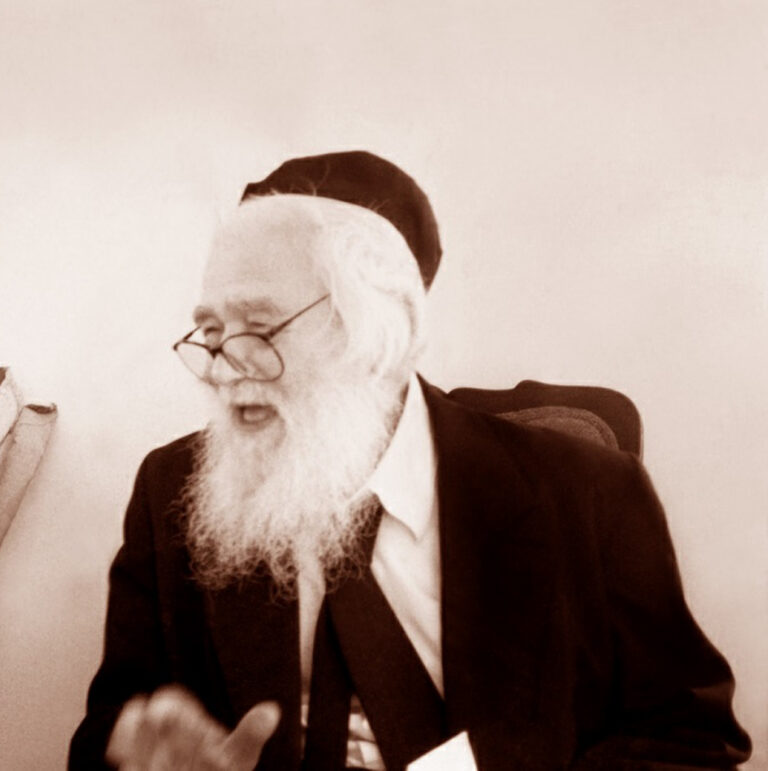by Rabbi Yair Hoffman for the Sfas Tamim Foundation
There was a married couple with children that had moved from the United States to Bnei Brak. The couple had converted to Torah Judaism while yet in America, and had sought a more spiritual environment. Their daughter attended a Bais Yaakov in Bnei Brak. Unfortunately, she was teased by some of the other girls in her school. As a result, she did not wish to go back to school.
The parents were at wits’ end and did not know what to do. It was suggested that they go to Rav Eliezer Menachem Man Shach zt”l for advice. After presenting the problem to Rav Shach, he requested that they bring their daughter to him.
Rav Shach asked the young girl. “Do you know who I am?”
The girl responded, “Of course, you are Rav Shach.”
Rav Shach responded, “Yes, but I am also going to tell you something else.”
He continued, “Do you know that I too am a ger? And not only that, but many teachers in your Bais Yaakov are also geirim. There is nothing wrong with being a Ger – in fact, it is a very precious things and something of which to be very proud. So, if anyone ever says anything negative – smile to yourself and be very proud.”
Rav Shach was widely known for his absolute devotion to emes. After, the meeting with the young girl, someone who was present had asked Rav Shach as to how he could have left the young girl with the impression that he was actually a ger.
Rav Shach explained:
“In order to remove tzaar, anguish from someone – it is permitted to lie. When Chazal tell us that for someone who is careful to be meticulous in only saying the emes – it is “mutar l’shanon mipnei hashalom” to promote peace and harmony it is permitted to “veer.” This also includes trying to alleviate someone’s tzaar – anguish.
Nonetheless, it is still preferable, if possible, to use an expression that is still technically true – even if the person you are speaking to may interpret it differently. It states in Parshas Aikev (Dvarim 10:19). “You must love the Ger for you were Geirim in Mitzrayim.” Technically we are all Geirim (and/or descendants thereof).”
The young lady went back to school and adjusted quite well, having been inspired by Rav Shach zt”l. We see from Rav Shach zt”l that Emes is like the observance of Shabbos. We must be meticulous in our observance of every detail of the 39 malachos and the Rabbinic protections to Shabbos, but when there is a situation of pikuach nefesh – we must be quick to act.
By the same token, if we observe that a person’s anguish can be relieved through “veering” we should do so. If, however, the “veering” could be minimized by technically making sure that it is still true, we should do so. Rav Shach’s actions here are remarkably inspiring in keeping to this principle.
***Why Not Subscribe?? The author can be reached at [email protected]. The author writes a weekly parsha sheet promoting everyday Emes for the Sfas Tamim Foundation. If anyone wishes to subscribe please send an email to the author at [email protected]











